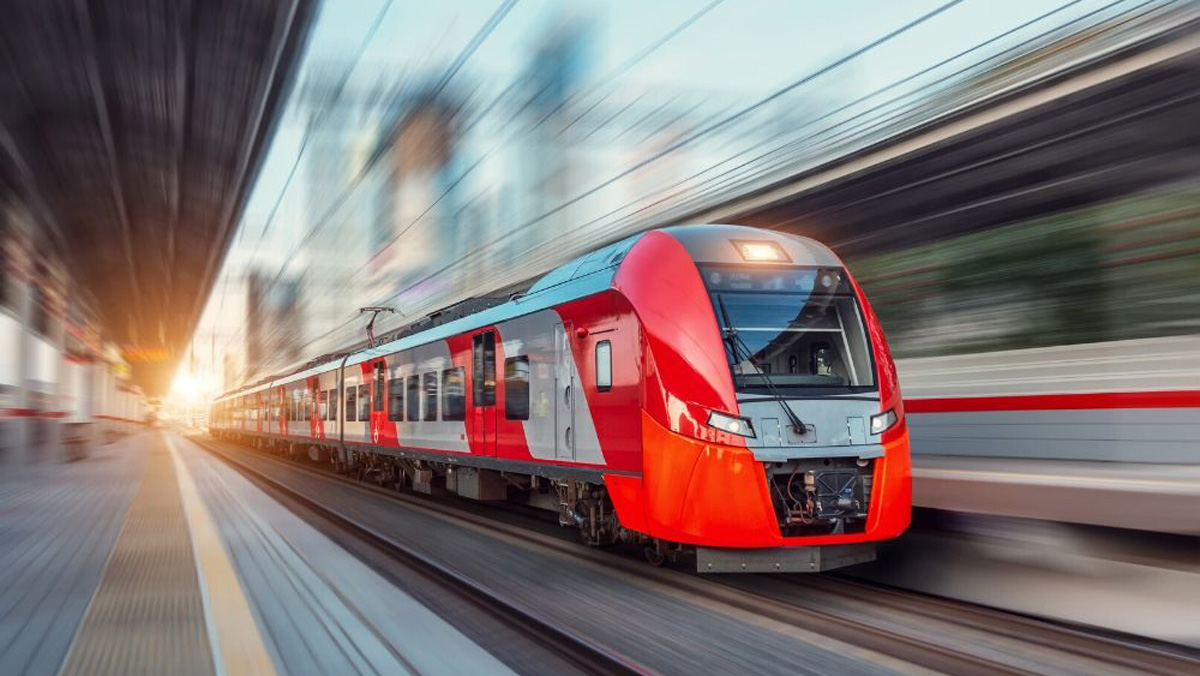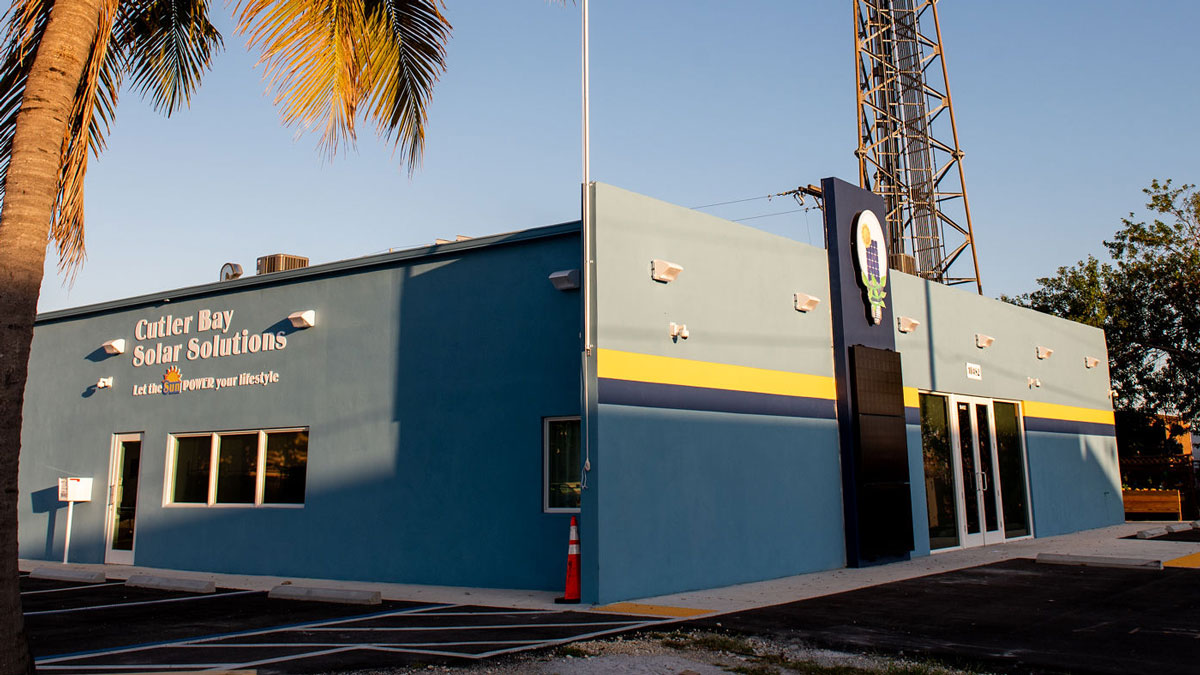Locomotives are essential to the American landscape and have been for a long time. The rail system and trains expanded and built this country from the beginning—and they’re essential to this day. Millions of commuters get on trains every day to get to work, and tons of products travel the rails from coast to coast. Without trains and the service they provide, the country would come to a standstill. The early trains relied on steam-powered engines to move on the tracks. Coal or wood-fired boilers created the steam to move the pistons on the train. Technology improved and different types of engines were created. Ultimately, the steam engines were replaced, although some still exist—mainly as antiques. So, what type of engines do trains use today?
Diesel Engines
Diesel engines came into full-fledged production and use around the turn of the 20th century. They are named after their inventor Rudolf Diesel, and he saw that the engine created ample power and torque without burning as much fuel, making them very efficient. The creation of power is the diesel engine’s appeal; to pull a train down the tracks, a lot of power is needed. Most trains today use diesel engines. But the diesel engine doesn’t directly move the locomotive—it powers an electrical generator. So, modern trains are more of a diesel-electric hybrid.
The massive two-stroke diesel engine is connected to an equally massive electrical generator. At peak power, the generator can power a neighborhood with 1,000 houses. As the power is created, it goes into four electric motors located in the trucks. The trucks are what look like the wheels of the train, and they’re responsible for moving and stopping the train, supporting it, and the suspension. That electrical energy is what actuates the train and allows it to move down the line.
Electricity
Long-distance train travel isn’t very popular in the U.S. because it’s still slow compared to flying. Traveling via the rails hasn’t changed much in a century in terms of time and speed. Europe and Asia are developing high-speed super trains that zoom across the landscape at speeds of over 200 mph. Those high-speed trains run using powerful electromagnets and they float over guideways using the basic principles of magnets to replace the old steel wheel and track trains. Magnetic levitation trains—known as maglev—don’t have an engine in the same way a traditional train does. Instead of using fossil fuels, the magnetic field created by the electrified coils in the track’s guideway walls propel the train. It’s a zero-emission mode of transportation that’s gaining momentum across the world.













 Deering Estate
Deering Estate
 Massage Envy South Miami
Massage Envy South Miami
 Calla Blow Dry
Calla Blow Dry
 My Derma Clinic
My Derma Clinic
 Sushi Maki
Sushi Maki
 Sports Grill
Sports Grill
 The Healthy Kitchen
The Healthy Kitchen
 Golden Rule Seafood
Golden Rule Seafood
 Malanga Cuban Café
Malanga Cuban Café

 Kathleen Ballard
Kathleen Ballard
 Panter, Panter & Sampedro
Panter, Panter & Sampedro
 Vintage Liquors
Vintage Liquors
 The Dog from Ipanema
The Dog from Ipanema
 Rubinstein Family Chiropractic
Rubinstein Family Chiropractic
 Your Pet’s Best
Your Pet’s Best
 Indigo Republic
Indigo Republic




 ATR Luxury Homes
ATR Luxury Homes


 2112 Design Studio
2112 Design Studio
 Hamilton Fox & Company
Hamilton Fox & Company
 Creative Design Services
Creative Design Services
 Best Pest Professionals
Best Pest Professionals
 HD Tree Services
HD Tree Services
 Trinity Air Conditioning Company
Trinity Air Conditioning Company
 Cisca Construction & Development
Cisca Construction & Development
 Mosquito Joe
Mosquito Joe
 Cutler Bay Solar Solutions
Cutler Bay Solar Solutions


 Miami Royal Ballet & Dance
Miami Royal Ballet & Dance
 Christopher Columbus
Christopher Columbus
 Pineview Preschools
Pineview Preschools
 Westminster
Westminster
 Carrollton
Carrollton
 Lil’ Jungle
Lil’ Jungle
 Frost Science Museum
Frost Science Museum
 Palmer Trinity School
Palmer Trinity School
 South Florida Music
South Florida Music
 Pinecrest Orthodontics
Pinecrest Orthodontics
 Dr. Bob Pediatric Dentist
Dr. Bob Pediatric Dentist
 d.pediatrics
d.pediatrics
 South Miami Women’s Health
South Miami Women’s Health

 The Spot Barbershop
The Spot Barbershop
 My Derma Clinic
My Derma Clinic




 Miami Dance Project
Miami Dance Project

 Rubinstein Family Chiropractic
Rubinstein Family Chiropractic
 Indigo Republic
Indigo Republic

 Safes Universe
Safes Universe
 Vintage Liquors
Vintage Liquors
 Evenings Delight
Evenings Delight





 Atchana’s Homegrown Thai
Atchana’s Homegrown Thai
 Baptist Health South Florida
Baptist Health South Florida

 Laser Eye Center of Miami
Laser Eye Center of Miami
 Visiting Angels
Visiting Angels
 OpusCare of South Florida
OpusCare of South Florida

 Your Pet’s Best
Your Pet’s Best





 HD Tree Services
HD Tree Services
 Hamilton Fox & Company
Hamilton Fox & Company


 Creative Design Services
Creative Design Services